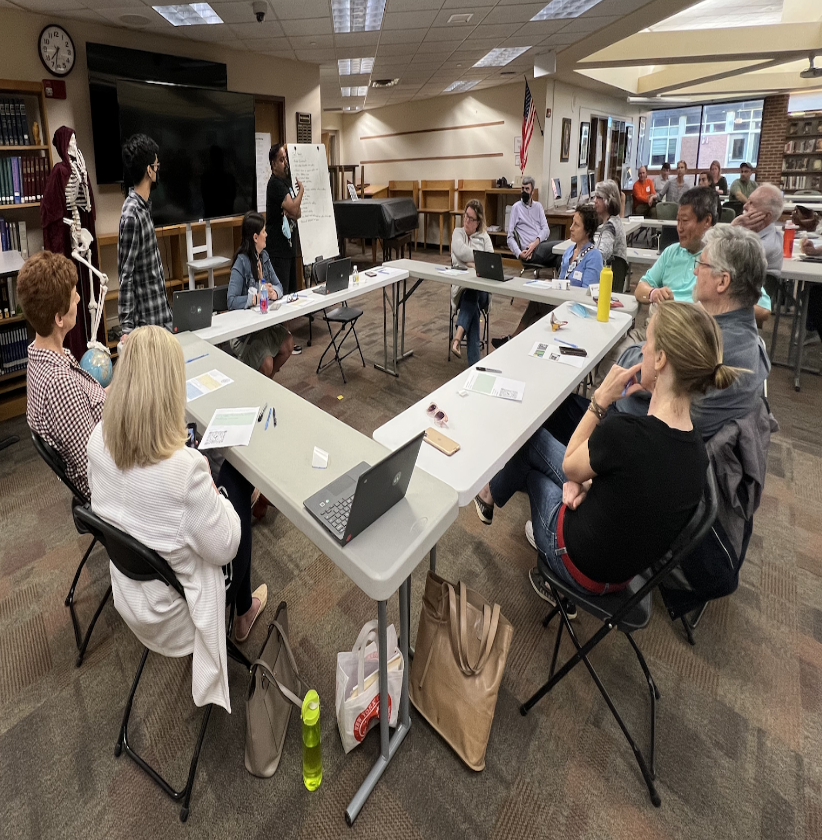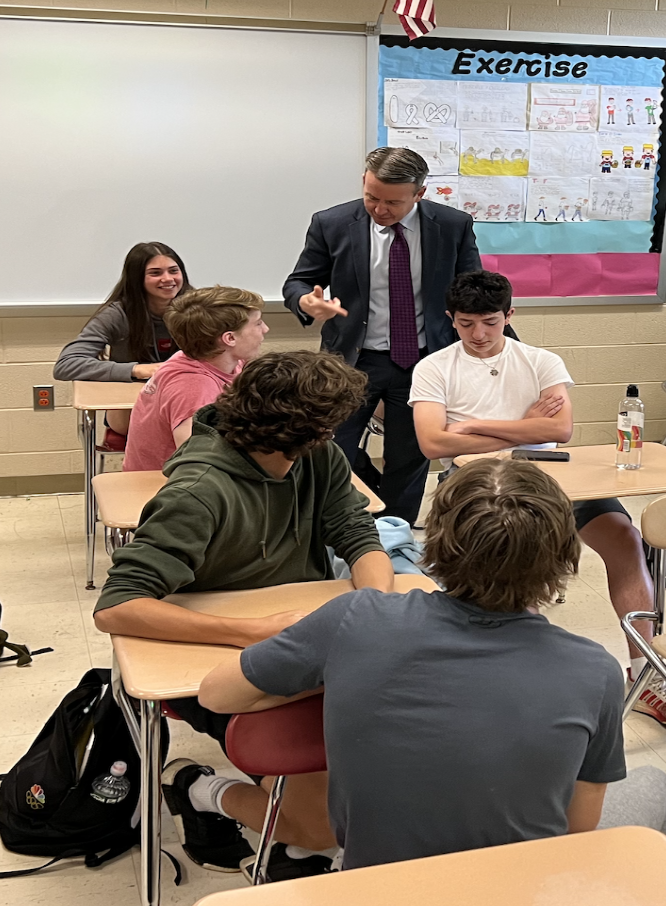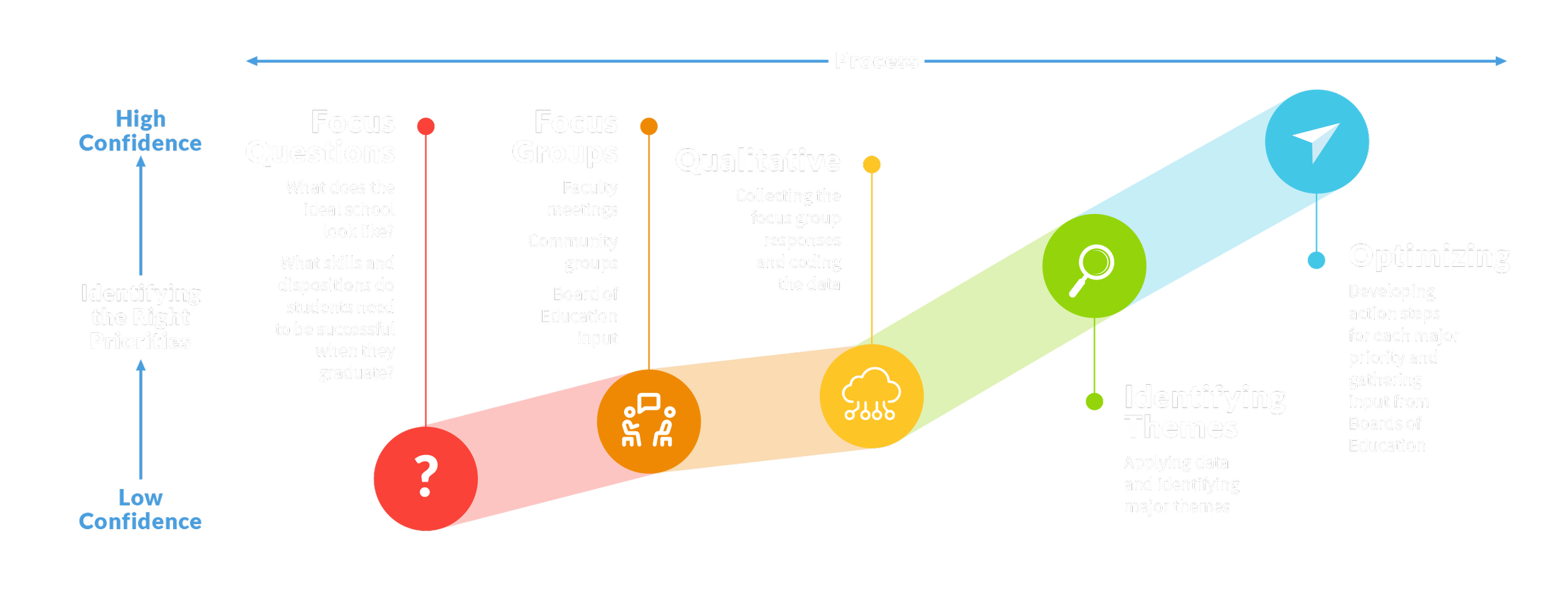Dr. Jason McKinnon
“There are two barriers associated with improving schools: maintaining the status quo and a top-down plan. Strategic thinking has to involve everyone and show you a brighter horizon.”
Our Strategic Plan Development Process




LEARNING PRIORITIES
OPERATIONAL PRIORITIES
Key Elements
Our Districts face the same challenges as any business or organization: tightening budgets, competing needs, increased regulation, and increasing expectations. As we emerge from the pandemic, student achievement is also a concern for all stakeholders.
A strategic plan can be a lengthy wish list unless it contains the following key features…
Our plan includes student achievement metrics that coincide with our district and school improvement goals.
We identify priorities, actions and timeline. Once the Board approves our starting place, year 1 will coincide with 2023, year two will equal 2024, and so on.
Some priorities will require financial resources or a time commitment; some priorities may include both. As a result, the plan identifies if a specific priority has a low, medium or high time commitment. Similarly, we identify if a priority a specific dollar value . There is a key associated with priorities: one ($) means that priority is less than $50,000; two ($$) means that priority is estimated between $50,000-$100,000; and three ($$$) is greater than $100,000.
As we develop the 2023-24 budget and subsequent budgets, we will strive to update our timeline if priorities change or need to be moved into future years. In this way, this is similar to a capital improvement plan.



